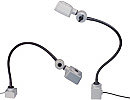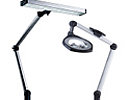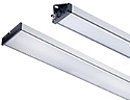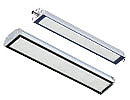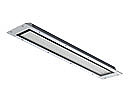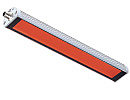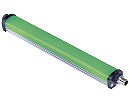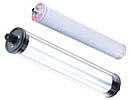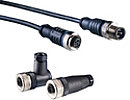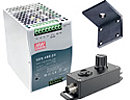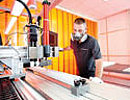Safety and protection
Photo biological safety
All electrically operated incoherent broadband radiation sources fall within the scope of the international standards for photo biological safety, i.e. conventional light sources – which also include LED chips.
The relevant wavelength range is from 200 nm to 3,000 nm, i.e. from infrared to ultraviolet. Our LED chips emit in the visible light range and are therefore subject to the DIN 62471 application area, which defines limit values for emitted light with regard to its health hazard and prescribes measurement methods. In this context, two types of hazards have to be investigated: photochemical and thermal retinal hazards.
Our LED chips are assigned to the free class or risk group 1 and in many respects fall short of their limit values even further in reality.
DIN 62471 divides luminaires and light sources into 4 risk classes:
- Class 1: free class – no risk
- Class 2: Risk group 1 - low risk
- Class 3: Risk group 2 - moderate risk
- Class 4: Risk group 3 - high risk
Degrees of protection
Our luminaires are protected against external influences such as dust, foreign bodies, moisture and water. The degrees of protection are specified in IP codes, whereby IP stands for protection against ingress. The IEC 60529 standard defines the degrees of protection and divides them into various classes.
To identify a degree of protection, the first code number refers to the protection against the ingress of dust and solid foreign bodies. The second code number stands for protection against the ingress of water.
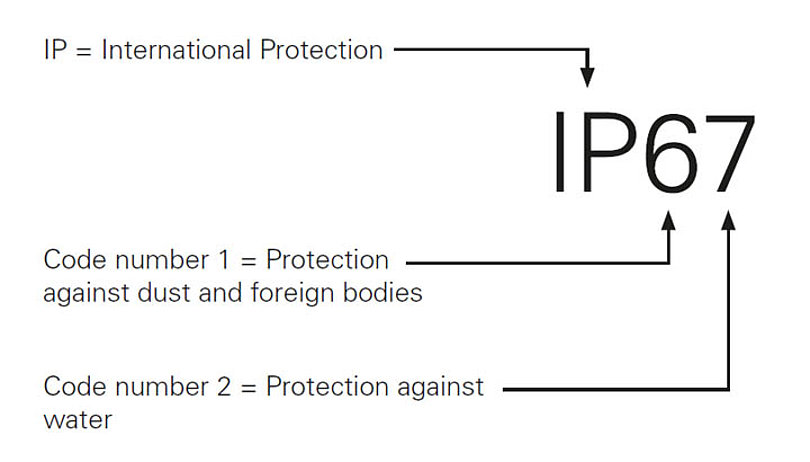
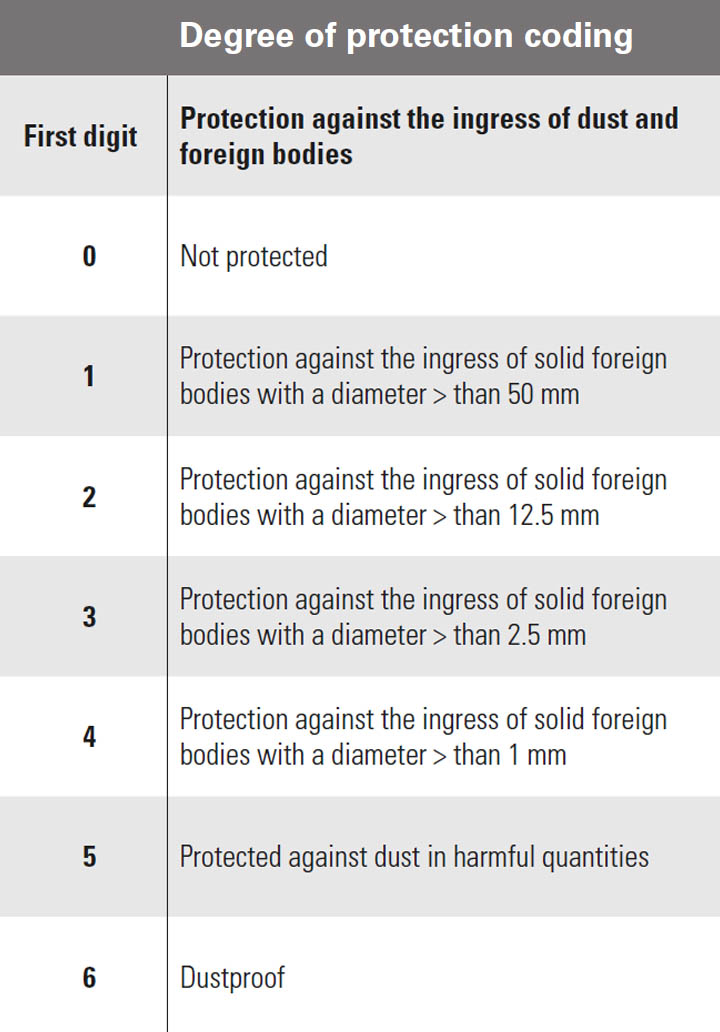
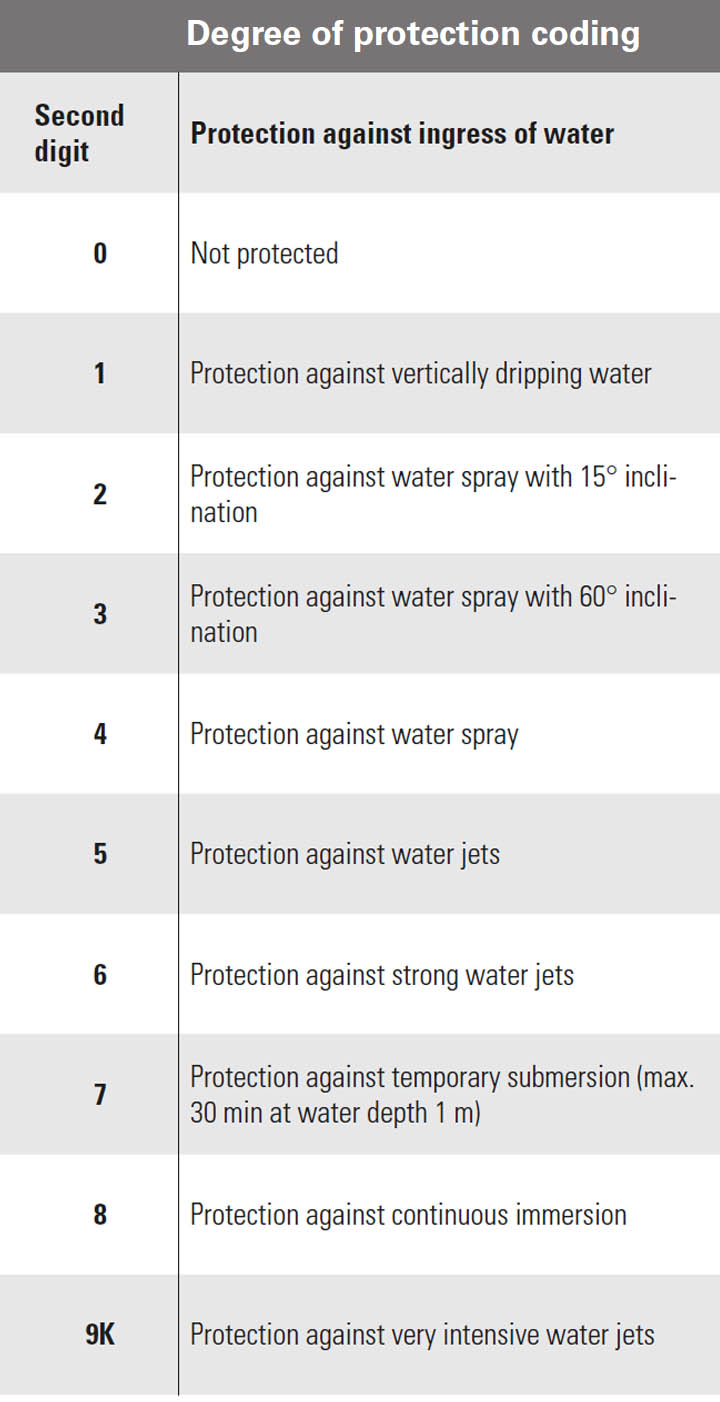
Protection lighting
To protect against overvoltage and transients, our luminaires always have a protective circuit on the circuit board. This additional circuit protects the luminaire from annoying failures caused by time-limited coupled external signals and electrostatic transients.
In addition, each light source has additional reverse polarity protection, which protects the luminaire from defects if the polarity is incorrect for a short time (e.g. when mounting or connecting the lamp).
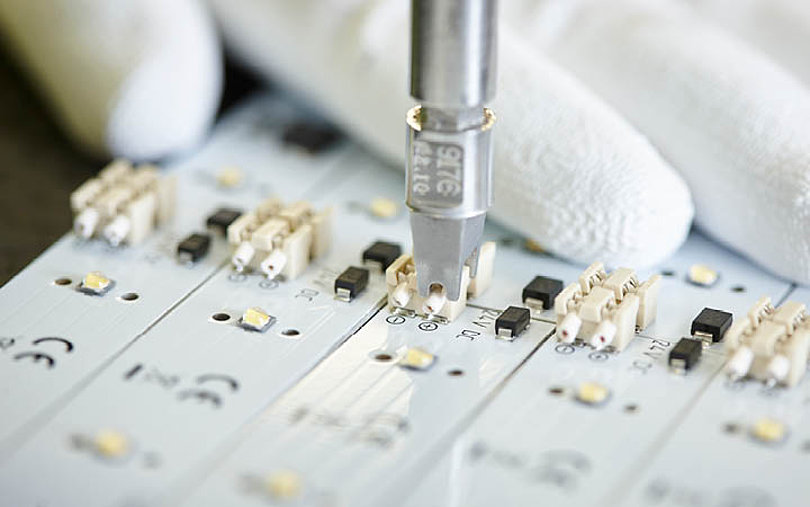
Protection classes
The designation of the protection class describes how hazards caused by electrical currents and voltages are reduced and prevented. The protection classes describe the safety measures provided by the customer to prevent electric shock. A distinction is made between three approved protection classes:
- Protection class I is for luminaires which require a protective conductor connection.
- Protection class II refers to increased protective insulation without a separate protective conductor connection.
- Luminaires operated with safety extra-low voltage are assigned to protection class III.
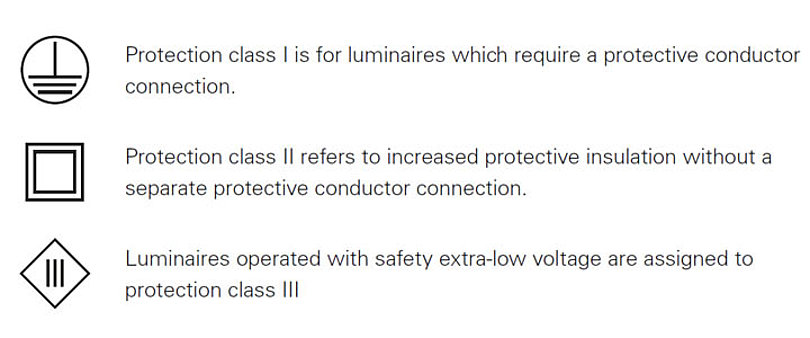
LED luminaires with 24V supply voltage and special power supply units have the electrical protection class III and are therefore only supplied with safety extra-low voltage (SELV). This means that the supply voltage is so low that there is no danger of electric shock because the voltage is outside the dangerous range and there is no reference to the earth conductor.
For LED luminaires with 110 - 240V AC supply voltage, all electrically conductive housing parts are connected to the protective conductor system of the fixed electrical installation, which is at earth potential. LED2WORK offers luminaires with protection classes III and I.

